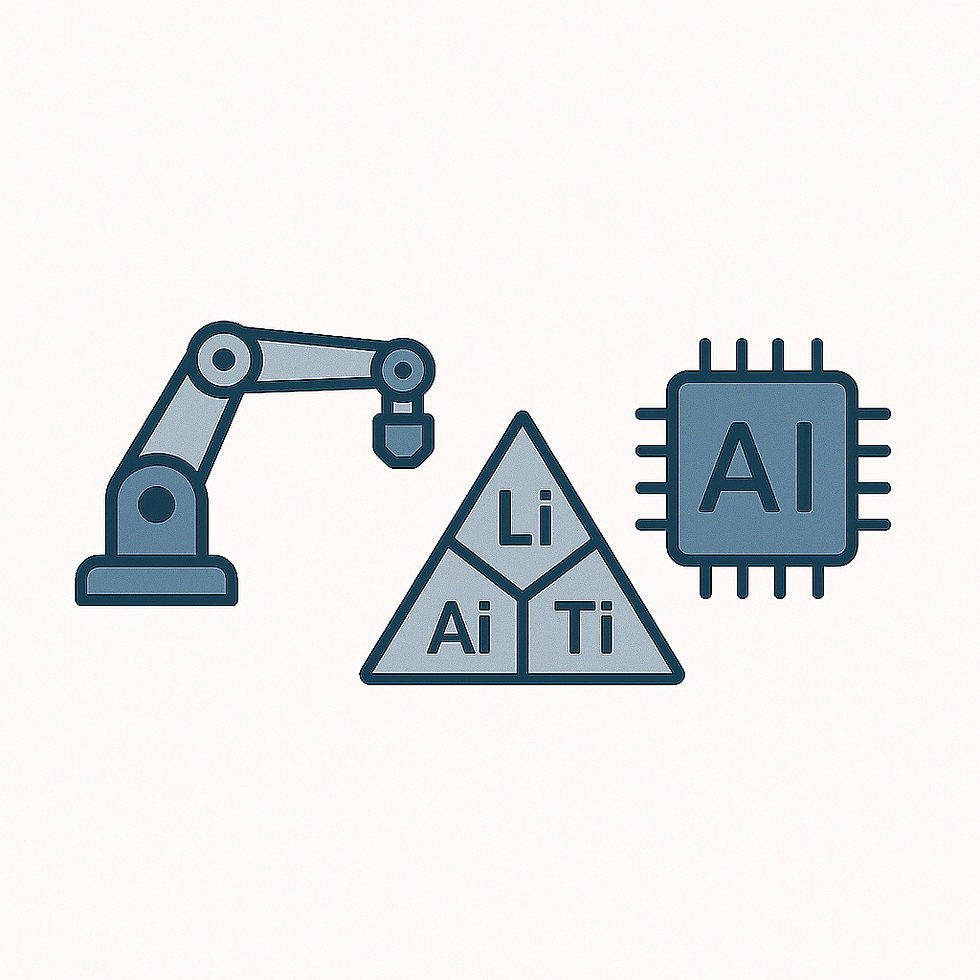Beyond the Blueprint: Mastering Precision in Sheet Metal Fabrication at Ahner Industrial
- Ahner Industrial

- Jun 18
- 3 min read

A blueprint is a great start. It communicates design intent, material specifications, and dimensional tolerances. But transforming that blueprint into a finished sheet metal component requires more than just following lines. It demands a deep understanding of material behavior, fabrication processes, and a commitment to precision at every step. Here at Ahner Industrial, we’ve spent over 40 years honing that understanding, and we’re sharing a few key insights to help you navigate the complexities of sheet metal fabrication.
Understanding Material Properties: It’s Not All the Same
Different metals react differently to forming and welding. Carbon steel, a common choice for its strength and cost-effectiveness, behaves predictably under stress. Stainless steel, prized for its corrosion resistance, can be more challenging to weld due to its tendency to warp. Aluminum, lightweight and versatile, requires specific welding techniques to prevent cracking. Even within a single metal type, variations in alloy and temper—a term describing the metal's heat treatment—can affect its formability and weldability.
A fundamental understanding of these differences is critical for avoiding costly mistakes. For example, attempting to aggressively form a high-carbon steel without accounting for its brittleness could result in cracking. Similarly, improper welding parameters for stainless steel can compromise its corrosion resistance, negating its primary benefit.
The Forming Process: Bending with Intelligence
Press brake forming – the process of bending sheet metal using a press brake machine – often looks straightforward, but achieving accurate bends requires careful planning. Factors like material thickness, bend radius, and the machine's tonnage capacity all play a crucial role.
A common pitfall is exceeding the press brake’s tonnage rating. This can lead to material stretching or, even worse, damage to the tooling. At Ahner Industrial, we utilize five press brakes ranging up to 350 tons and 12 feet in length, allowing us to handle a wide variety of projects. We also factor in ‘springback’ – the tendency of metal to partially return to its original shape after forming – to ensure dimensions are spot-on. Experienced operators adjust the bend angle slightly to compensate for this effect.
Welding: More Than Just Joining Metal
Welding is a critical step in many sheet metal fabrication projects, and it’s an area where precision is paramount. Different welding processes – MIG (Metal Inert Gas), TIG (Tungsten Inert Gas), and robotic welding – each offer unique advantages. MIG welding is generally faster and suited for thicker materials, while TIG welding delivers cleaner, more precise welds, often preferred for stainless steel and critical joints. We’re equipped with a robotic MIG cell to consistently produce high-quality welds at scale.
Distortion, the warping or twisting of metal during welding, is another common challenge. Controlling heat input, utilizing proper fixturing, and employing techniques like back-welding (welding on both sides of the joint) can minimize distortion and maintain dimensional accuracy.
Prototyping: Learning and Refining
Before committing to a full production run, prototyping is invaluable. A prototype allows you to identify potential design flaws, assess manufacturability, and refine your specifications. At Ahner Industrial, we pride ourselves on our quick-turn prototyping capabilities. We understand that early feedback can save time and money in the long run.
The Ahner Difference: Made Right the First Time
For over 40 years, we’re proud of our reputation in the Midwest – built on a commitment to delivering parts made right the first time. It’s a philosophy that permeates every aspect of our operation. We understand that your success depends on our precision, and we’re dedicated to meeting – and exceeding – your expectations.
Ready to discuss your next project? Request a quote today and let our engineers put their expertise to work for you.




Comments